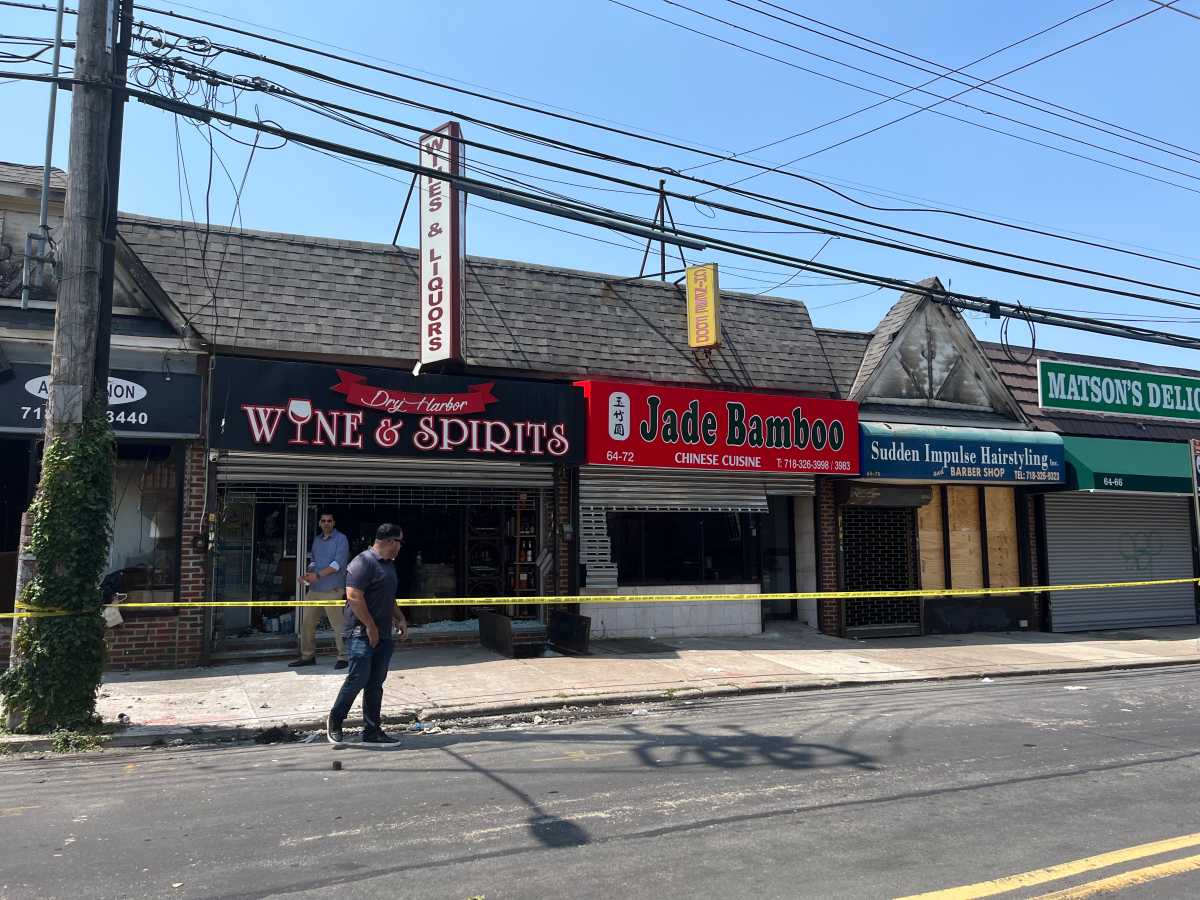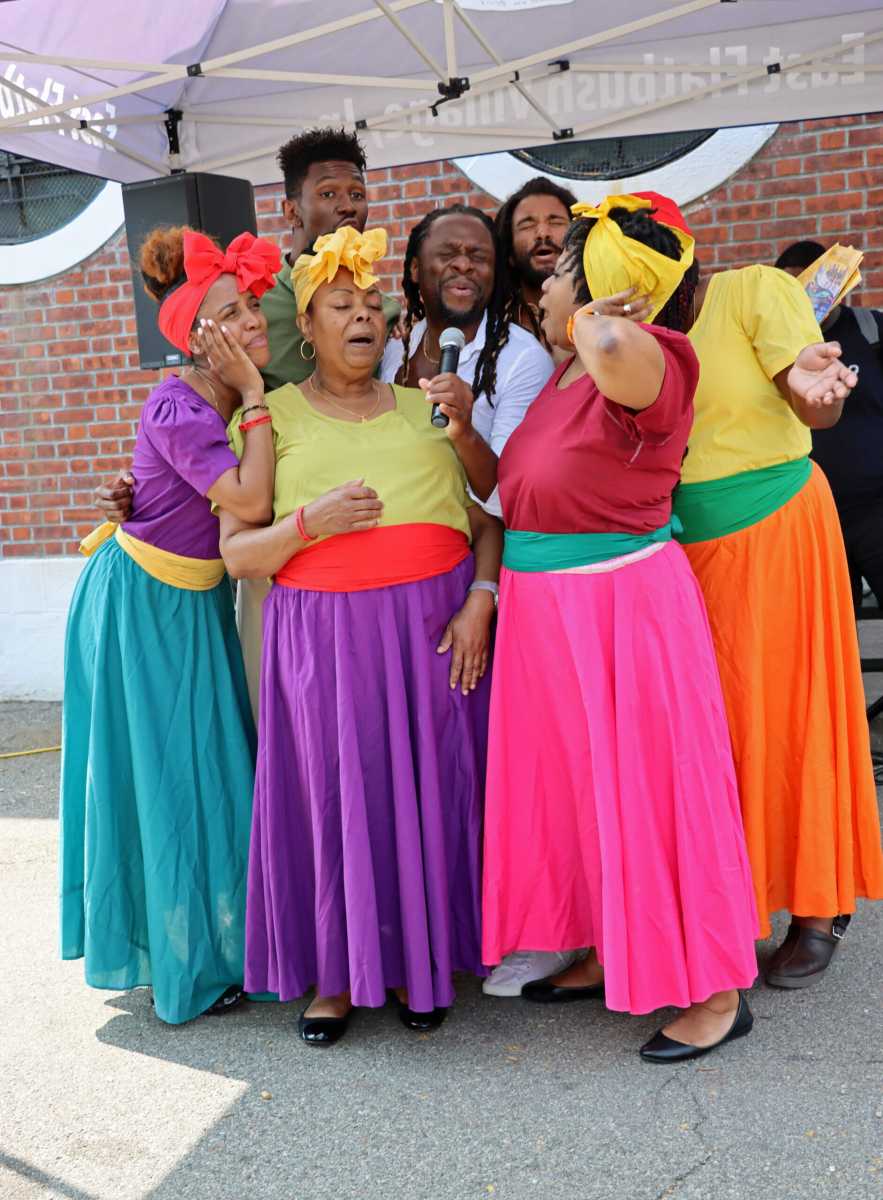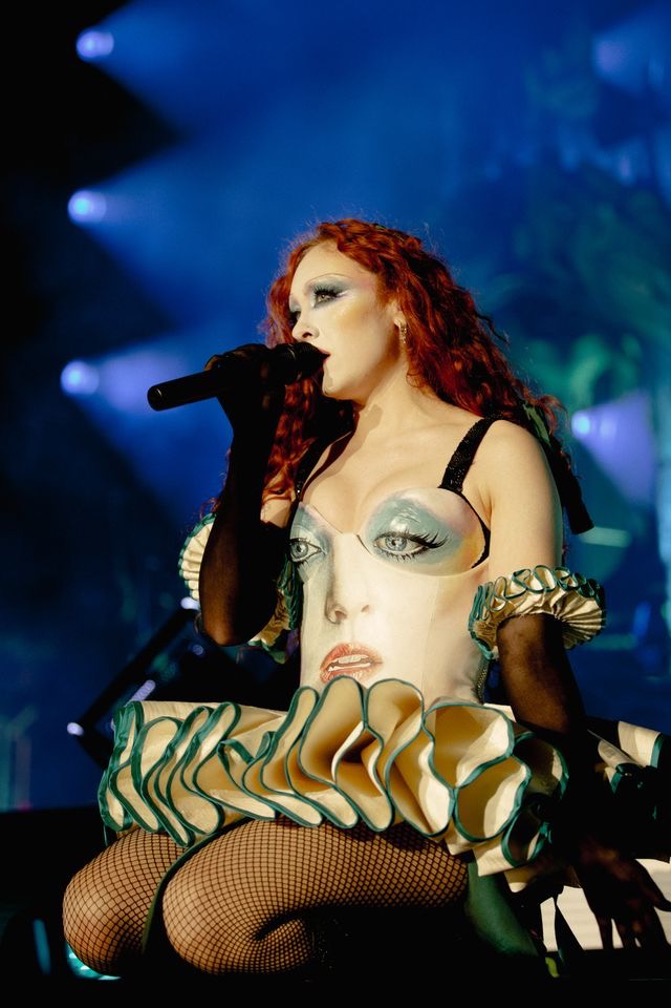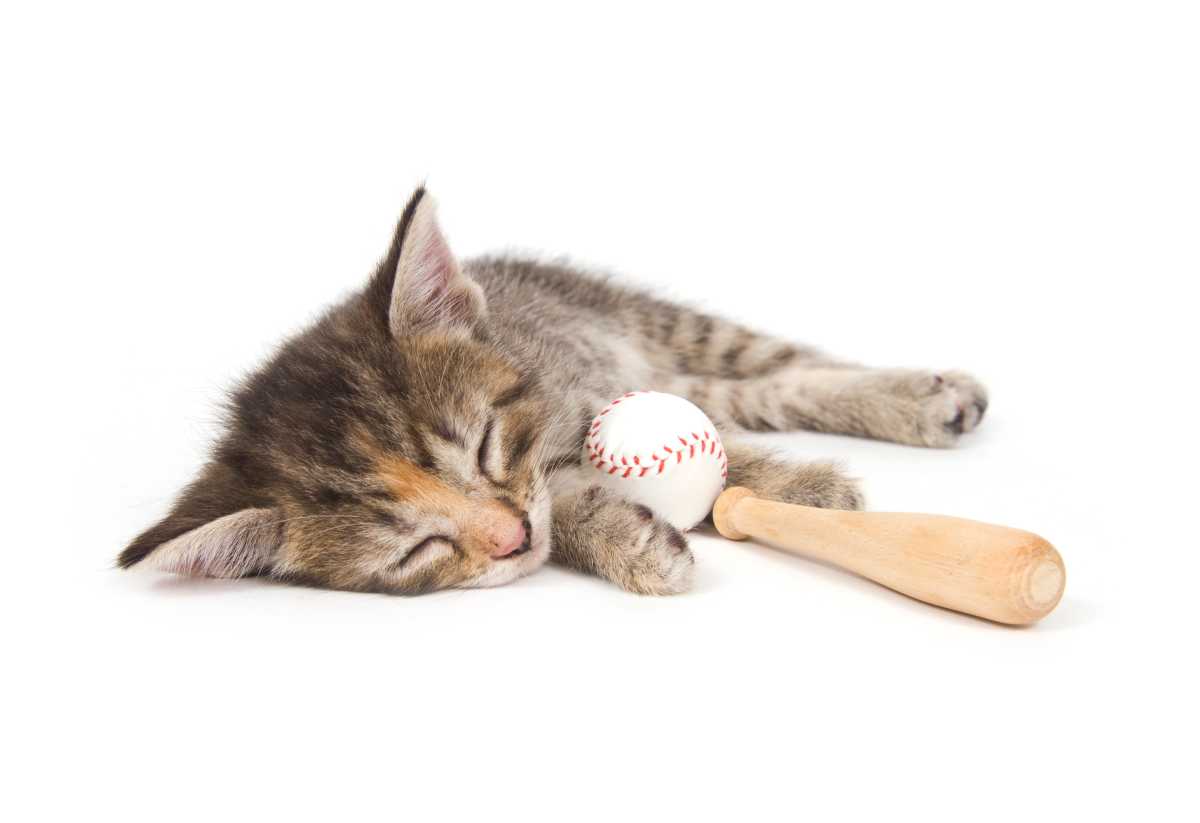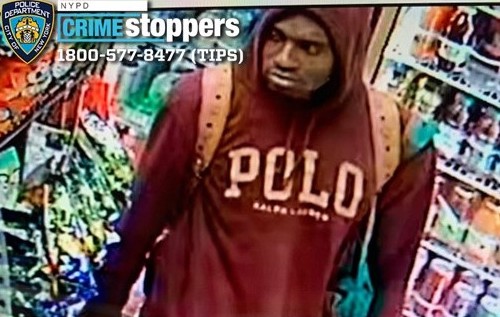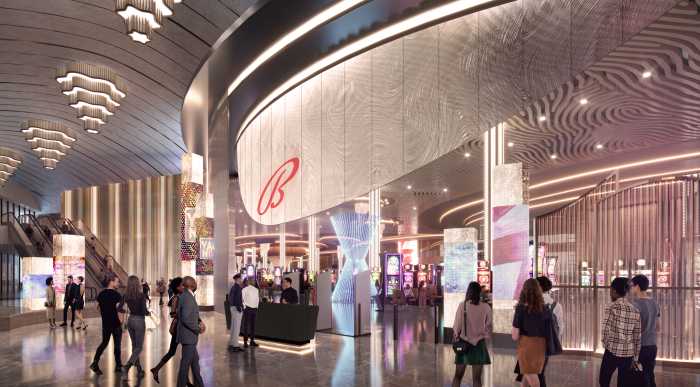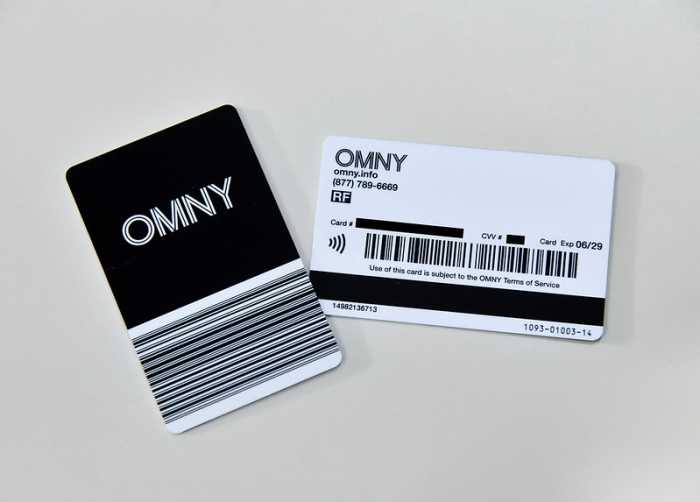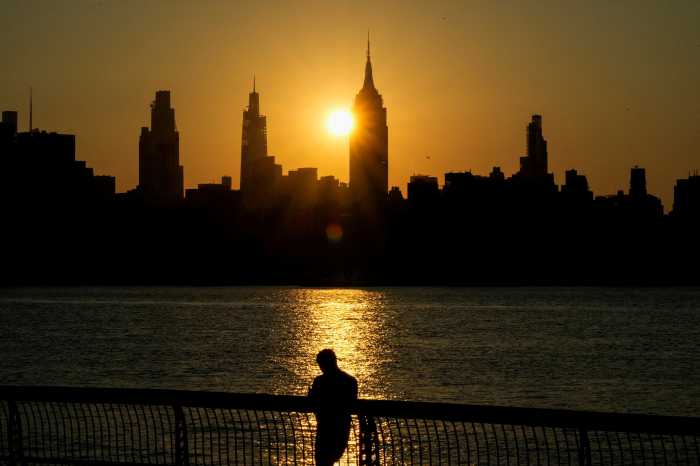by Josh Rogers
When Philip Schwalb quoted the famous line from “Field of Dreams” this week — “If you build it, they will come” — his voice was quiet and sad.
“It’s not really true,” Schwalb said in a phone interview. “It’s all about how you market it and how you advertise it.”
Schwalb spoke from experience: He founded the Sports Museum of America on lower Broadway, which shut its doors last week after only nine months of operation. It wasn’t easy to build the $93 million museum, Schwalb said, but the hardest part was getting people to come. Rather than the million visitors Schwalb hoped for in his first year, the museum was on track to get only 125,000 people.
“Anyone who thought that just because it’s a killer awesome venue, people were just going to show up, is wrong,” Schwalb said.
The museum charged a hefty $27 admission, but slashed the fee to $16 last fall in an attempt to boost attendance.
Because of a $6 million construction cost overrun, Schwalb said he didn’t have enough money to get the museum’s marketing campaign off the ground. That meant 95 percent of New Yorkers had never heard of the museum, the nation’s first to combine artifacts from dozens of sports, and also the new home of the Heisman Trophy.
The museum could still get a last-minute rescue if a buyer steps in with $10 million to take over the loaned collection and 30-year lease at 26 Broadway. Possible buyers include Magic Johnson Enterprises; a Florida-based group that owns tourist attractions; and the owners of two professional sports teams, Schwalb said.
The museum had the support of many sports stars, including Billy Jean King, who opened a women’s hall of fame in one of the galleries.
Schwalb would be happy to stay on and help run the museum under a new buyer, but that isn’t a condition of the deal. He also hopes some of his 50 employees could get their jobs back.
About two-dozen laid-off museum employees spent last Friday afternoon at B4, a Financial District pub owned by Arthur Gregory, after getting kicked out of the museum building, the locks changed behind them, Gregory said.
Though the museum has cut back its hours and staff in recent months, Gregory said the workers were surprised the museum had actually closed.
“They were joking, ‘Do you want a Super Bowl ring?’” Gregory said. He said actually, workers were searched on their way out to make sure no sports memorabilia left with them.
Schwalb received $52 million in tax-free Liberty Bonds for the museum, which he envisioned as a symbol of Lower Manhattan’s post-9/11 recovery. No one should take the museum’s closure as a sign that that recovery has failed, Schwalb said. He thinks Lower Manhattan will continue to draw tourists and new investments, even in the midst of the economic downturn.
Schwalb is now pouring most of his energy into finding a buyer for the museum — but he’s had one distraction: Several weeks ago, his wife gave birth to twins, a boy and a girl.
“It is a handful,” Schwalb said, sounding exhausted. “But it’s a nice thing to come home to.”
With reporting








